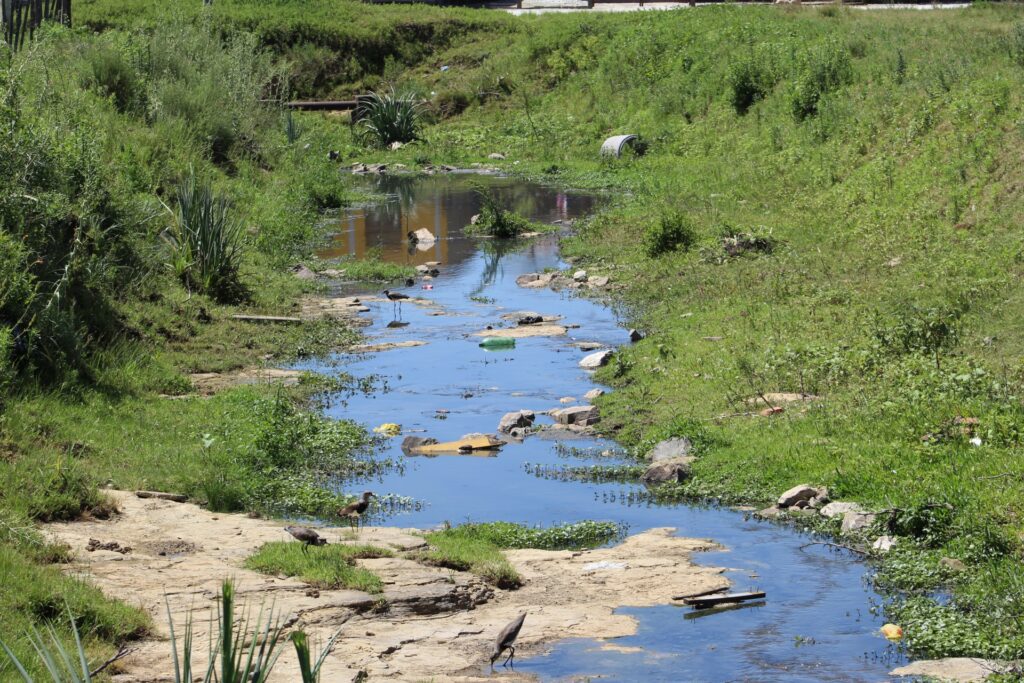Most water contamination by eternal pollutants in Europe exceeds the regulatory thresholds set to avoid potential risks to human health and the environment, the European Environment Agency (EEA) warned on Tuesday in a new report.
"We have a problem with PFOS (perfluorooctane sulphonic acid, banned in Europe from 2019) that is both persistent and widespread," said EEA expert Nadia Cerioli.
Between 2018 and 2022, depending on the sites for which data is available, 51% to 60% of rivers, 11% to 35% of lakes and 47% to 100% of coastal waters exceeded environmental quality standards for PFOS, according to the EEA report.
The report, the first of its kind in Europe, brings together data on measured concentrations of PFOS, one of the two most widespread per- and polyfluoroalkyl substances (PFAS). It is classified as a ‘possible carcinogen’ by the World Health Organisation (WHO).
Provided on a voluntary basis, the data compiled by the EEA offers only a summary overview, as not all Member States provide it. Some 22 countries took part.
In 2022, 14 countries provided data on the concentration of pollutants in their surface waters.
In Belgium, France and Iceland, 100% of the water bodies reported exceeded quality standards, while five countries (Croatia, Estonia, Ireland, Poland and Spain) reported exceedances at under 20% of sites. Bulgaria, Latvia and Montenegro had no sites reporting exceedances.
‘We still need more monitoring data to map contamination and obtain a more complete picture of the hot spots for PFOS," said report co-author Magnus Lofsted.
In his view, it is impossible to determine whether the trend is downwards for these ubiquitous pollutants despite their ban, because the data has been recorded for too short a time.

